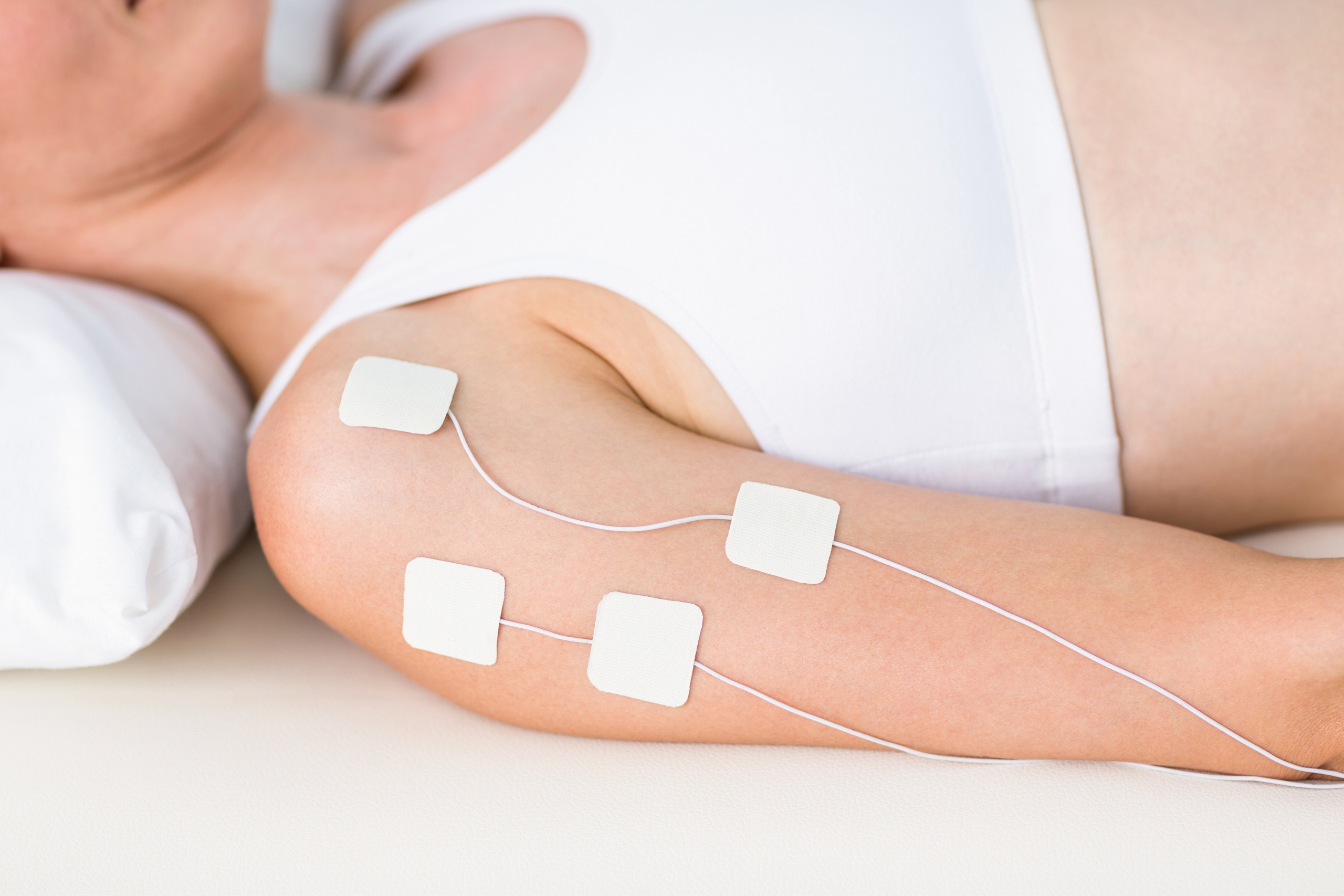What Is The Difference Between Ultrasound And Electrotherapy?
27th Mar 2024

Ultrasound and electrotherapy are both common forms of therapy used by doctors, healthcare providers, and homebound individuals to help patients on their road to recovery. While they’re very similar to one another, each holds distinct differences in their functionality as well as the benefits they provide.
Knowing the nuances between ultrasound and electrotherapy is essential to facilitate the best possible treatment, whether you source medical equipment for a healthcare provider or are a patient yourself. You may find, for example, that you need only one of the two or both for different uses. Start here to get caught up on all you need to know about this industry-leading technology.
Benefits and Uses of Electrotherapy
Electrotherapy can be defined broadly and more narrowly. Generally speaking, specialists define electrotherapy as a therapeutic technology that stimulates nerves and muscles through the surface of the skin. It is non-invasive and gentle and benefits individuals affected by musculoskeletal issues. The main types of electrotherapy devices include:
- Transcutaneous electrical nerve stimulation (TENS)
- Therapeutic Ultrasound
- Interferential (IFT)
- Shockwave Therapy
- Electrical Muscle Stimulation (EMS)
- Electroacupuncture
If you notice, you’ll see that therapeutic ultrasound is considered by many to be a form of electrotherapy. This can be confusing, but it is because it fits under that broader umbrella defining electrotherapy as a mode of stimulating muscles and nerves through the skin's surface. However, the more specific definition of electrotherapy is a therapeutic device that sends out electrical impulses that block or interfere with the body's pain signals, leading to reduced pain, and ultrasound does not fit this specific definition as it doesn’t use electrical impulses in its functionality.
Before going into the specifics around ultrasound, the key benefits of electrotherapy include:
- Reduces nerve pain.
- Is a non-invasive, drug-free pain control method.
- Promotes healing of musculoskeletal injuries.
- Increases circulation for wound repair.
- Has minimal to no side effects.
- Prevents muscle atrophy.
- Treats fibromyalgia.
- Reduces arthritis, muscle pain, and muscle spasms.
- Maintains and increases range of motion.
- Provides post-surgical stimulation of muscles to prevent venous thrombosis.
- Stimulates bone growth.
It is important to note that the primary goal of electrotherapy is to trigger muscle contractions, promote circulation, and alleviate pain. Electrotherapy helps alleviate pain and muscle spasms caused by various conditions, such as arthritis, period pain, pelvic pain, endometriosis, knee pain, and sports injuries.
Benefits and Uses of Ultrasound
We certainly do not intend to make things more confusing, but ultrasound, like electrotherapy, can be defined broadly and in a more narrow sense. Ultrasound is a branch of physical therapy alongside the well-known diagnostic ultrasound and pregnancy imaging - it works by utilizing high-frequency sound waves. Still, we will be focusing specifically on the therapeutic form of ultrasound. Ultrasound is a form of mechanical energy (not electrical), and therefore, not really electrotherapy at all, but does fall into the Electro Physical Agents grouping.
Therapeutic ultrasound sends sound waves to penetrate deep into the body’s tissues, generating heat and promoting blood flow, which supports quicker wound repair and the reduction of inflammation. Therapeutic ultrasound can be further categorized into two main methods: thermal and non-thermal (mechanical).
Thermal ultrasound generates non-painful heat into affected tissues by causing the skin and muscles to vibrate. This heat improves blood flow to the targeted part of the body, reduces pain from muscle spasms and tissue pain, and promotes tissue extensibility. It has been used to treat advanced medical issues such as prostate cancer, skin problems, and uterine fibroids as well.
Non-thermal ultrasound (mechanical, cavitation, or pulsed ultrasound) uses the same sound waves to create pressure differences in the tissue fluids. This form of ultrasound promotes cellular activity, accelerating healing and reducing inflammation where needed, such as in acute injuries where deep heating is not required. It can also form bubbles in the underlying tissue that create shockwaves when they hit solid objects - these are used in various ways, such as helping break down kidney stones.
- The procedure is generally painless and easy to do. You'll be awake during the process without needing anesthetics or pain relievers.
- Therapeutic ultrasound has no known harmful effects when done right by your therapist.
- Alleviates body pain in the affected areas.
- Ultrasound physical therapy is noninvasive; hence, it's safer than other methods.
- Reduces inflammation.
- Speeds up the repair and healing process of bone fractures, ligament issues, tendon injuries, and more.
Electrotherapy and Ultrasound Machines
There are a variety of electrotherapy machines available for purchase. The most popular and commonly used electrotherapy device is TENS for its ease of use, mobility, and effectiveness, and Medcom Group also offers interferential stimulators.
Different therapeutic ultrasound devices are also available to purchase, such as our highly recommended Sam Sport Kit.
Your Recovery, Your Way
In summary, there are a few distinct differences between electrotherapy and ultrasound. While ultrasound can be categorized under the umbrella of electrotherapy, it is based on sound wave technology that is predominantly employed to accelerate tissue healing, reduce inflammation, increase circulation, and improve joint mobility. Electrotherapy, more specifically, uses electrical current stimulation of muscles and skin to create contractions - this primarily focuses on pain management, muscle re-education, inflammation reduction, and edema reduction.
Always discuss with your doctor or healthcare provider to determine the best solution for you. But if you’ve been prescribed treatment by one of these devices or are a healthcare provider, don’t hesitate to contact the experts at Medcom Group with any questions about ordering or operating.
Disclaimer
The Medcom Group, ltd. is not responsible for any complications arising from using this machine based on this article; patients should consult a healthcare professional for healthcare advice before performing electrotherapy or ultrasound therapy on themselves or another individual.
